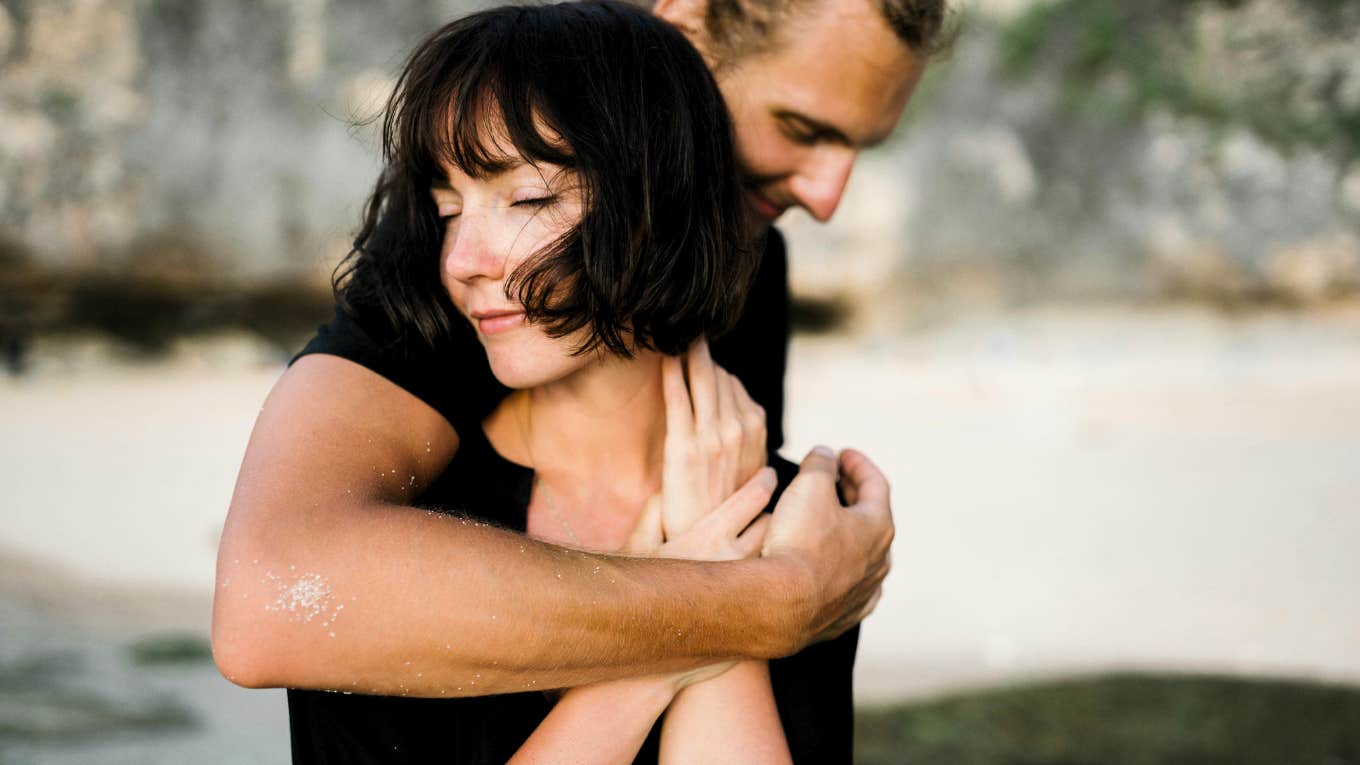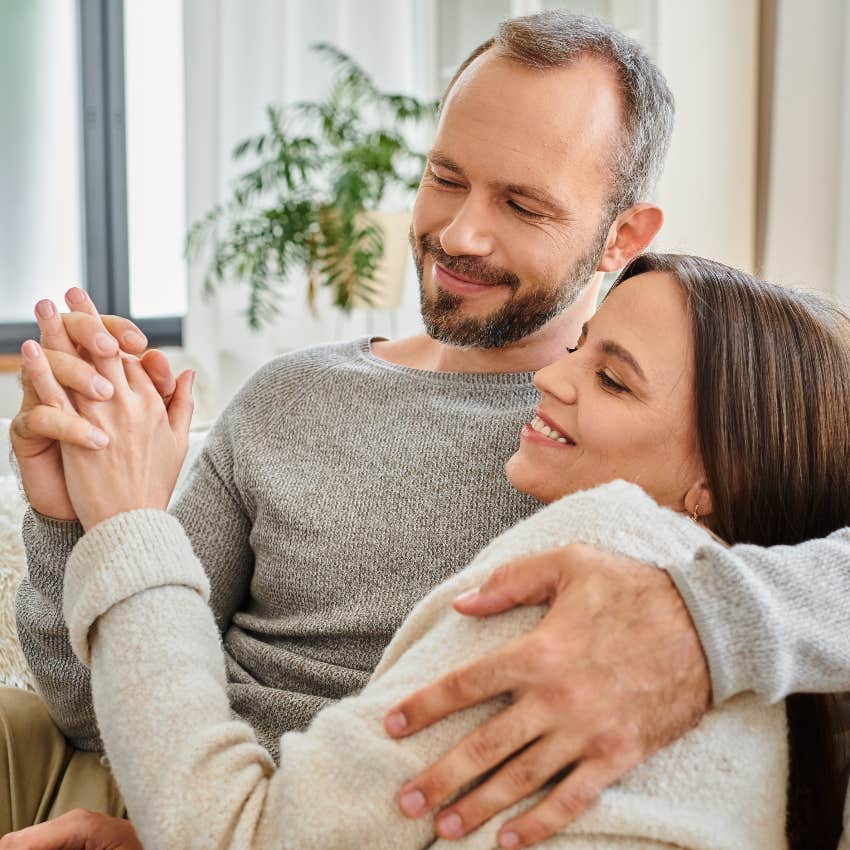The Ultimate Love Story Is Told Through Science, Not The Movies
True love is source of emotional balance, not the craziness pop culture tends to show.
 Yan Krukau | Pexels
Yan Krukau | Pexels Pop-culture stories about love are more than a little crazy. Romeo and Juliet is not a love story. It’s a three-day relationship between a 13 and 17-year-old. It’s a story of infatuation, which, interestingly, is a word derived from fatuous, or “inanely foolish.”
Gone With The Wind is not a love story. It’s about a woman who can’t make up her mind, and when she does, it’s too late: her lover buzzes off!
It’s time to use a different narrative as the model for this 'Ultimate Love Story' — one told through science, not the movies.
The Ultimate Love Story is based on the science of attachment.
It’s a tale of how we struggle with our vulnerability, a tale of trauma, and how emotional isolation is poison for a human being. It’s about how we grow into who we are and habitually engage with the world.
It’s a great tale: ancient, timeless, bred in the bone, integrating inner self and social interaction. After all, the self is a process, constantly constructed in key interactions with those closest to you.
 Branislav Nenin | Shutterstock
Branislav Nenin | Shutterstock
The Ultimate Love Story starts like this:
About 50 years ago, an English psychologist named John Bowlby asked moms to bring their kids into his lab, leave them in a room with him for three minutes, and then return. In doing this, he found a way into the drama of longing and loneliness: human attachment.
All the kids got upset when Mom left, and all responded to her when she returned, but in three different ways.
- Some reached for their mom, sending clear emotional cues, and then calmed down into emotional balance when Mom comforted them.
- Some — the more anxious kids — started freaking out and clinging, sending confusing, often angry, cues and never calming down.
- And some kids stayed distant and distracted, sending no cues of distress, never reaching out, but showing signs of quiet agitation.
Bowlby found that patterns in this drama between child and parent created a set point in kids’ nervous systems, and these patterns seemed to predict key ways of dealing with emotions and behaviors way into the future. It’s as if the kids were asking: “Are you there for me when I’m vulnerable, or am I alone in the world?”
The balanced kids could reach out and receive care, and they were healthier and more trusting of their take on reality and ability to deal with stress. Their moms were engaged with them, and more emotionally present.
Emotional accessibility, responsiveness, and engagement are the 3 key elements that define a loving bond in any love relationship, no matter what your age.
Bowlby concluded that in this universal drama of attachment. Our nervous systems are wired to be fired up for threats always, or to numb out threats and stay distant from others, or in constructive dependency, to feel vulnerable and deal with it in a balanced way, using the greatest resource of all: safe contact with another as a source of strength.
We all need a haven to turn to and a secure base from which to face life — and that haven is most often the arms of a beloved. Attachment science says that the lone cowboy figure — the “free,” untethered one — is deprived.
A 2023 study reported that stable and positive romantic relationships are associated with increased happiness, lower levels of mental anxiety and depression, a good view of oneself, effective emotional regulation, and higher self-esteem.
As the Eagles say in their song “Desperado":
“Freedom, oh, freedom. Well, that’s just some people talking. Your prison is
walking through this world all alone.”
In this story, love is not about enmeshment and captivity; on the contrary.
 LightField Studios | Shutterstock
LightField Studios | Shutterstock
In the Ultimate Love Story, love is a source of emotional balance and optimal adaptation.
Attachment science offers us the best love story ever — elegant, tested, and so profound it can break your heart. It’s the story of one person turning to another and saying, “I never knew people could take their heart, full of terror, and ask someone to hold it with them. I never knew that someone would see and care about my terror. When I’m not alone, the terror gets smaller, and I get bigger!”
Some people suggest that we must be missing out on eroticism or some kind of self-expansion if we invest deeply in one partner. They suggest that we should experiment with multiple relationships when most of us don’t have time to nurture even one effectively. But the danger in telling these stories is that we miss out on shaping secure connections that are our best hope for health and happiness.
The danger is that we’re throwing out the clear map to fulfillment that attachment science gives us, the guide that shows us how we can now create love with intentionality. Sometimes we need a therapist’s help to do that: to choose to walk in the vulnerable place between opposing terrors — isolation and possible rejection by a loved one.
In Emotionally Focused Therapy, therapists have learned how to pinpoint key fears and needs, helping couples shape bonding moments that shift their relationship dance, each partner’s sense of self, and ability to engage with others. We know that vulnerability — shared and responded to — shapes the safe-haven connection that grows us as people.
A loved one is a resource that our brain incorporates into our sense of self and efficacy. If I face life alone, every hill looks bigger; but if you hold my hand, every task and terror loses its edge. Our brain takes the availability of loving support into account, even when we do simple physical things, like calculating the height of a hill.
Romantic love is a second chance to define ourselves, to revise childhood models of self and others, to deal with core vulnerabilities in a new way, and to grow into vibrant aliveness. Research shows that even those with anxious and avoidant attachment thrive in relationships with higher partner commitment.
Science — the science of attachment — now gives a model for what love is and can be. So I challenge you: let’s change how the next generation sees and makes love. Let's focus less on pop culture and pathologized love stories, and let’s bring back people’s faith in human connection.
Dr. Sue Johnson was the former director of the International Center for Excellence in Emotionally Focused Therapy, which focuses on studying the tapestry of human connection and emotions.

